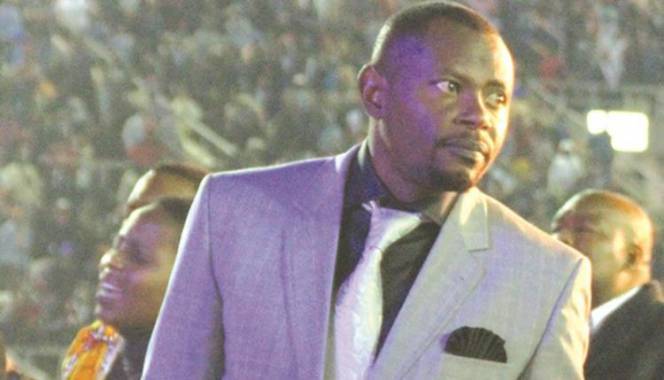
The Sunday Mail

SANTA Claus, Saint Nicholas, Saint Nick, Father Christmas, Kris Kringle, Santy, or simply Santa is a figure with legendary, historical and folkloric origins who, in many Western cultures is said to bring gifts to the homes of good children on Christmas eve.
The modern figure of Santa Claus is derived from the British figure of Father Christmas, the Dutch figure of Sinterklaas, and Saint Nicholas, the historical Greek bishop and gift-giver of Myra.
During the Christianisation of Germanic Europe, this figure may also have absorbed elements of the god Odin, who was associated with the Germanic pagan midwinter event of Yule and led the Wild Hunt, a ghostly procession through the sky.
Santa Claus is generally depicted as a portly, joyous, white-bearded man—sometimes with spectacles wearing a red coat with white collar and cuffs, white-cuffed red trousers, and black leather belt and boots and who carries a bag full of gifts for children.
Images of him rarely have a beard with no moustache. This image became popular in the United States and Canada in the 19th century due to the significant influence of the 1823 poem “A Visit From St. Nicholas and of caricaturist and political cartoonist Thomas Nast.
This image has been maintained and reinforced through song, radio, television, children’s books and films. Since the 20th century, in an idea popularised by the 1934 song “Santa Claus Is Coming to Town”, Santa Claus has been believed to make a list of children throughout the world, categorising them according to their behavior (“naughty” or “nice”) and to deliver presents, including toys, and candy to all of the well-behaved children in the world, sometimes coal to the naughty children, on the single night of Christmas Eve.
He accomplishes this feat with the aid of the elves who make the toys in the workshop and the flying reindeer who pull his sleigh. He is commonly portrayed as living at the North Pole and saying “ho ho ho” often.
Father Christmas dates back as far as 16th century in England during the reign of Henry VIII, when he was pictured as a large man in green or scarlet robes lined with fur. He typified the spirit of good cheer at Christmas, bringing peace, joy, good food and wine and revelry.
As England no longer kept the feast day of Saint Nicholas on December 6, the Father Christmas celebration was moved to December 25 to coincide with Christmas Day.The Victorian revival of Christmas included Father Christmas as the emblem of ‘good cheer’.
His physical appearance was variable, with one famous image being John Leech’s caricaturist illustration of the “Ghost of Christmas Present” in Charles Dickens’ festive classic, A Christmas Carol, as a great genial man in a green coat lined with fur who takes Scrooge through the bustling streets of London on the current Christmas morning, sprinkling the essence of Christmas onto the happy populace.
Father Christmas is now widely seen as synonymous with the Santa Claus figure —online.



